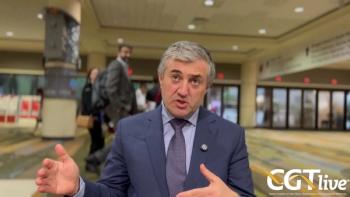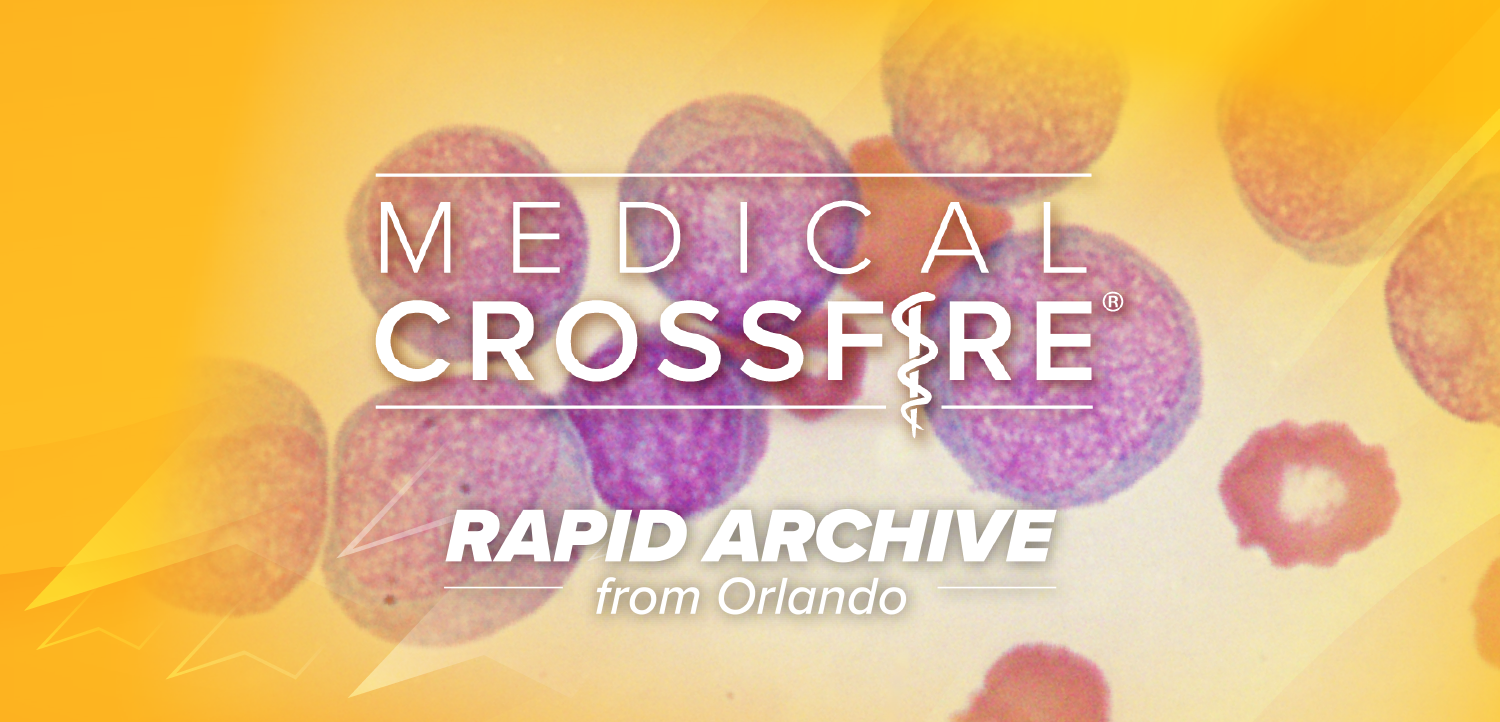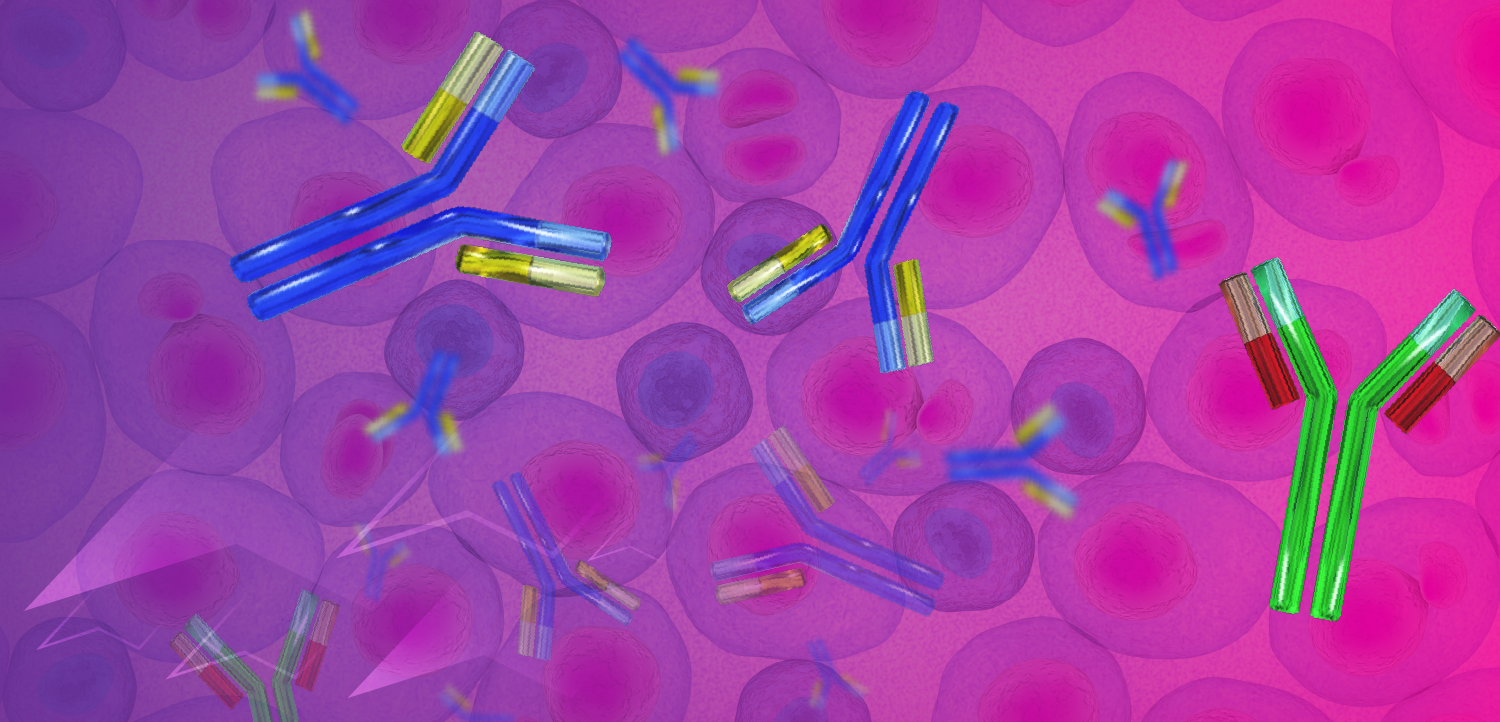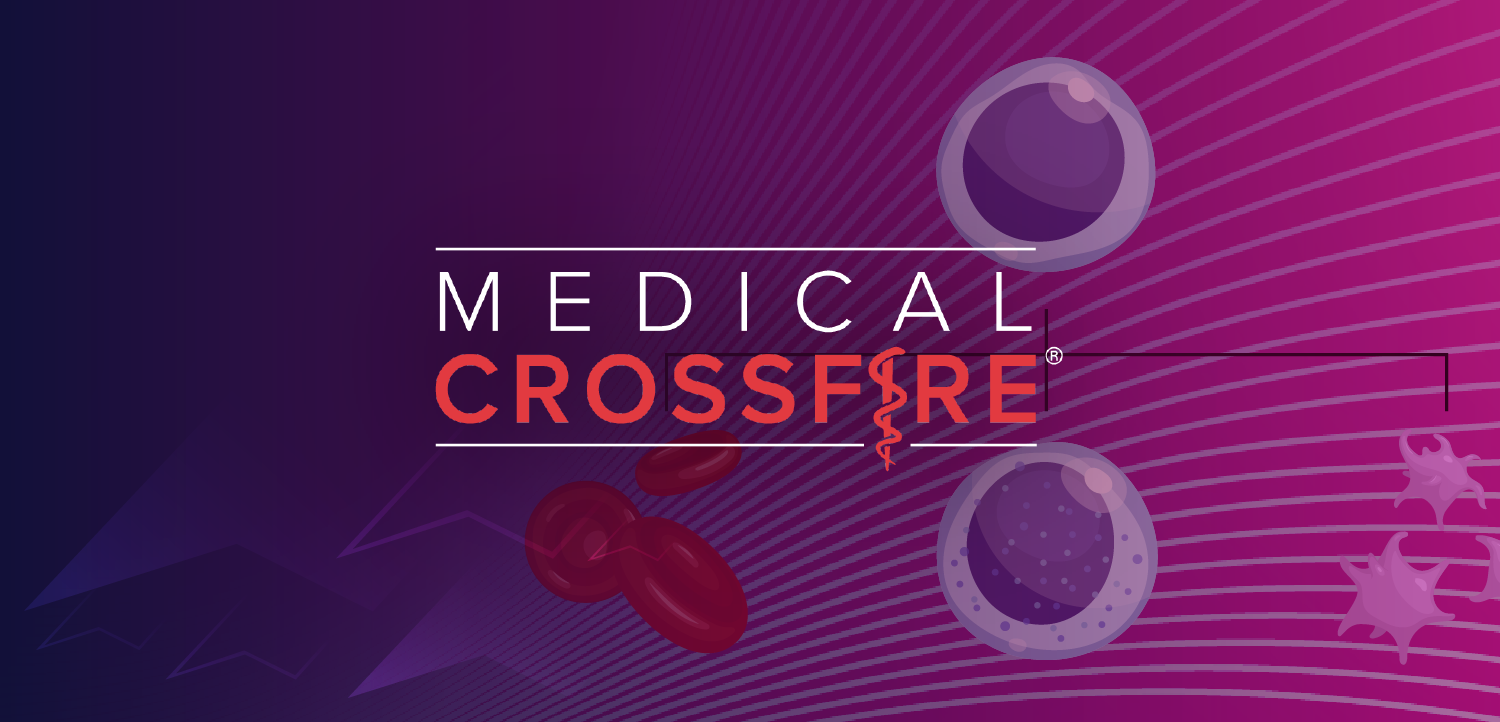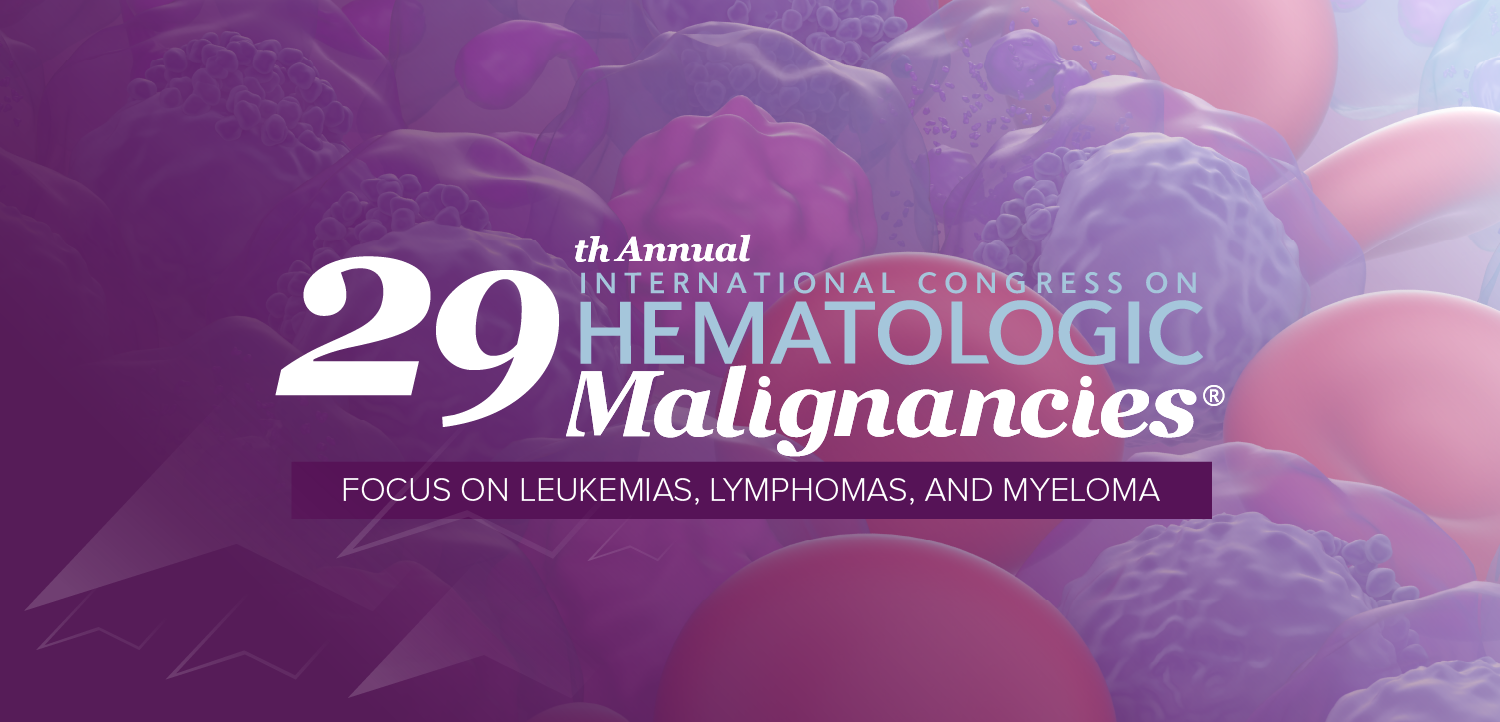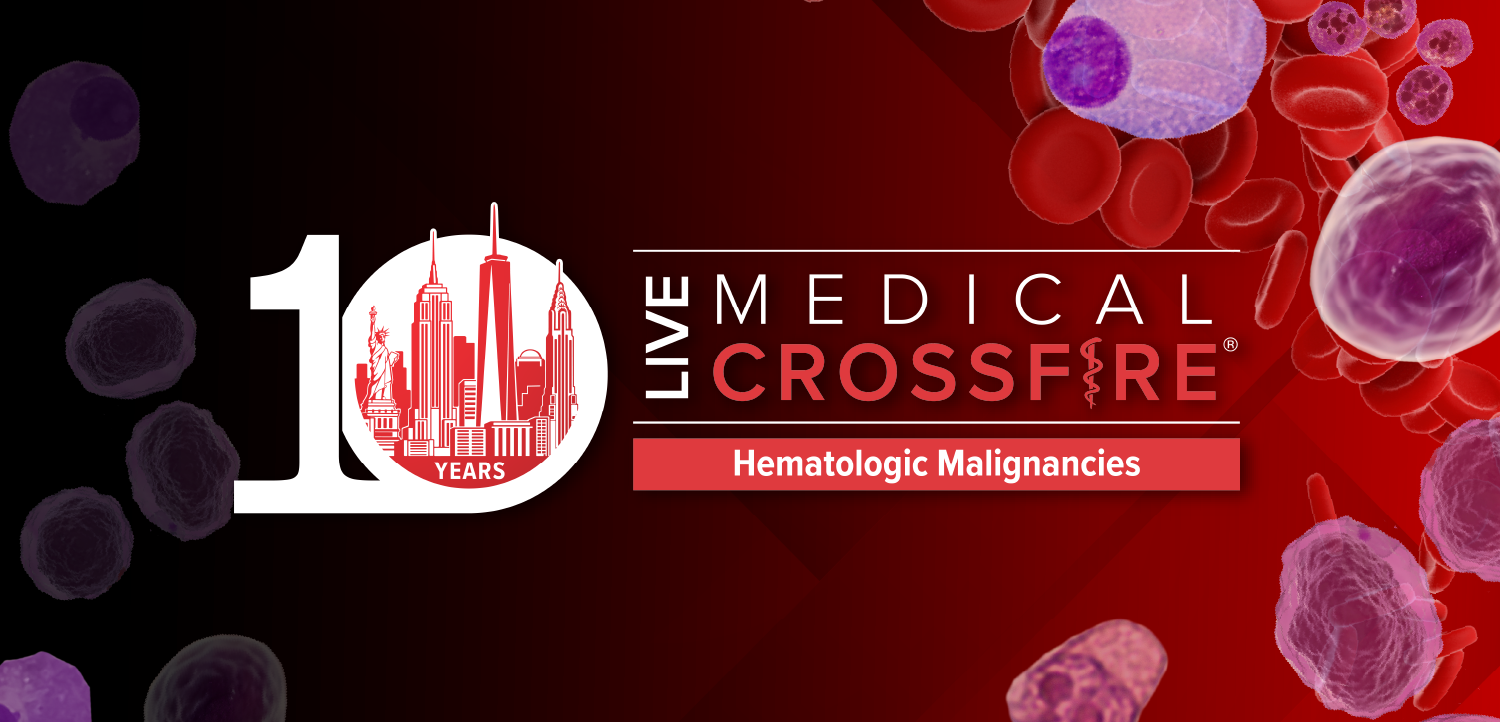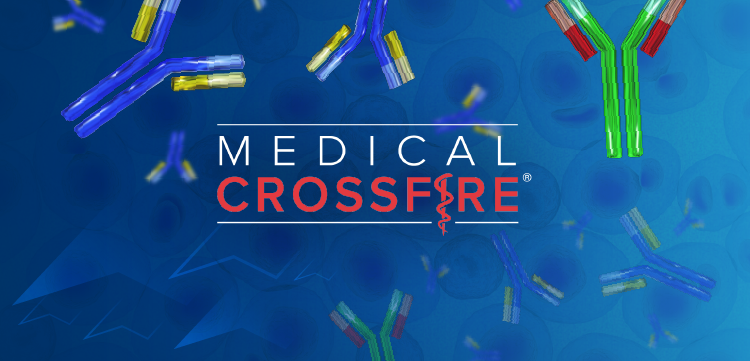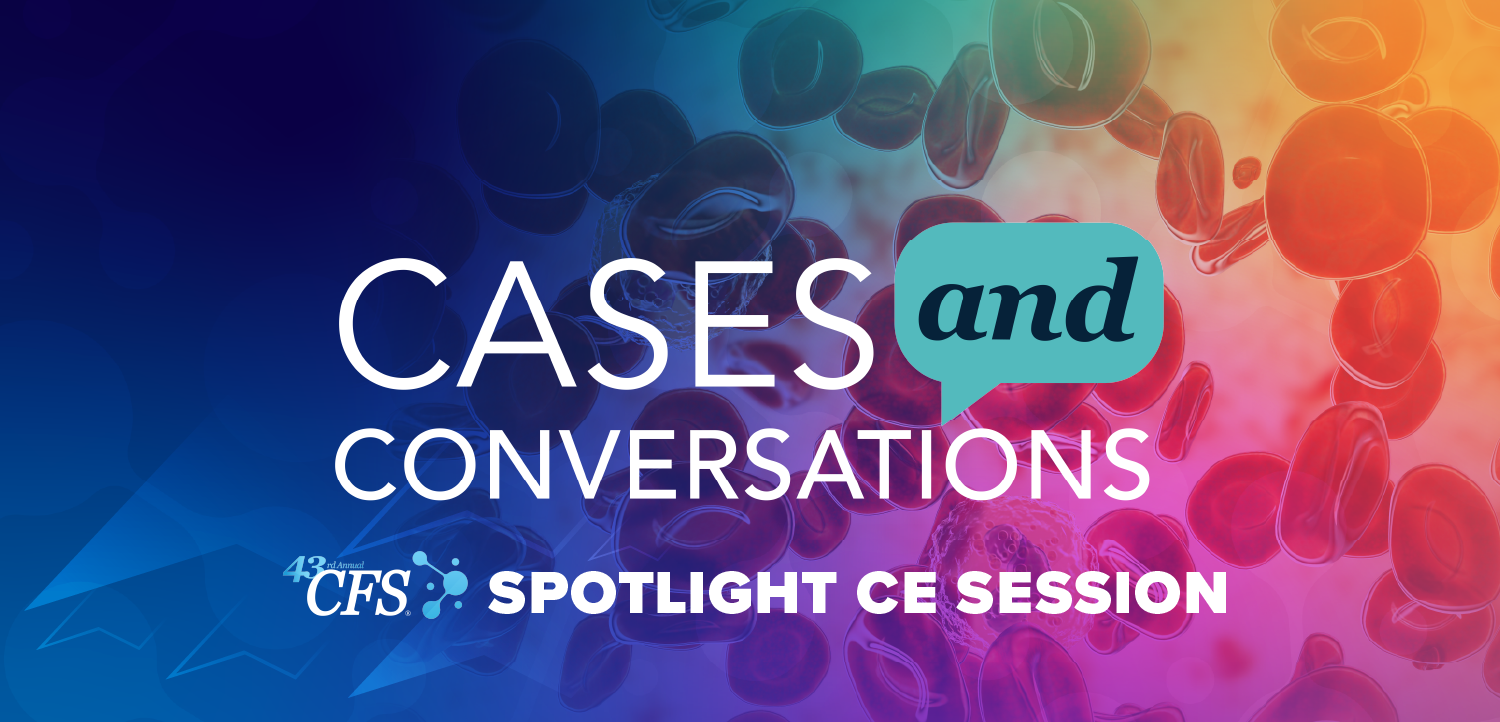
(P083) Concurrent Chemotherapy + IMRT in Locally Advanced Squamous Cell Carcinoma of Head and Neck: What Is the Appropriate Chemotherapy?
Cetuximab may be considered as an alternative to cisplatin with concurrent RT, particularly for patients with locally advanced head and neck squamous cell carcinoma who are not candidates for platinum therapy. These results indicate no difference in patterns of local or distant failure between cetuximab, low-dose weekly cisplatin, or q3 weekly high-dose cisplatin in this patient population.
Jeanann L. Suggs, MD, PhD, Shankar P. Giri, MD, Madhava Kanakamedala, MD; University of Mississippi Medical Center
PURPOSE: To evaluate patterns of failure and survival among patients with locally advanced squamous cell carcinoma of the head and neck treated definitively with cetuximab, low-dose cisplatin, or high-dose cisplatin together with intensity-modulated radiation therapy (IMRT).
MATERIALS AND METHODS: A total of 158 patients treated between 2005 and 2010 were reviewed retrospectively. All had biopsy-proven squamous cell carcinoma of the head and neck and were treated with IMRT with concurrent chemotherapy. Low-dose weekly cisplatin, high-dose cisplatin every 3 weeks, or weekly cetuximab was utilized for each patient. Local treatment failure, distant failure, and median survival were analyzed using Fisher’s exact test.
RESULTS: Among 158 evaluated patients, 66 (41.8%) were treated with cetuximab, 57 (36.1%) were treated with low-dose cisplatin, and 32 (20.3%) were treated with high-dose cisplatin.
Median age at diagnosis was 53.5 years. Primary tumor locations included the oropharynx (32%), larynx (32%), oral cavity (8%), paranasal spine (5%), hypopharynx (4%), nasopharynx (4%), and other (32%). Median radiation dose was 70 Gy (range: 60–70 Gy).
Locoregional failure was not statistically different between the cetuximab, low-dose cisplatin, and high-dose cisplatin groups (15.15%, 7.01%, and 12.5%, respectively; P = .377).
Distant failure was not statistically different between the cetuximab, low-dose cisplatin, and high-dose cisplatin groups (10.6%, 17.54%, and 15.63%, respectively; P = .525).
Median survival for cetuximab, low-dose cisplatin, and high-dose cisplatin was 18 months, 19 months, and 22 months, respectively (P = .384).
CONCLUSIONS: Cetuximab may be considered as an alternative to cisplatin with concurrent RT, particularly for patients with locally advanced head and neck squamous cell carcinoma who are not candidates for platinum therapy. These results indicate no difference in patterns of local or distant failure between cetuximab, low-dose weekly cisplatin, or q3 weekly high-dose cisplatin in this patient population.
Proceedings of the 97th Annual Meeting of the American Radium Society-
Newsletter
Stay at the forefront of cutting-edge science with CGT—your direct line to expert insights, breakthrough data, and real-time coverage of the latest advancements in cell and gene therapy.


